1. Turning Flour Sacks into Clothes
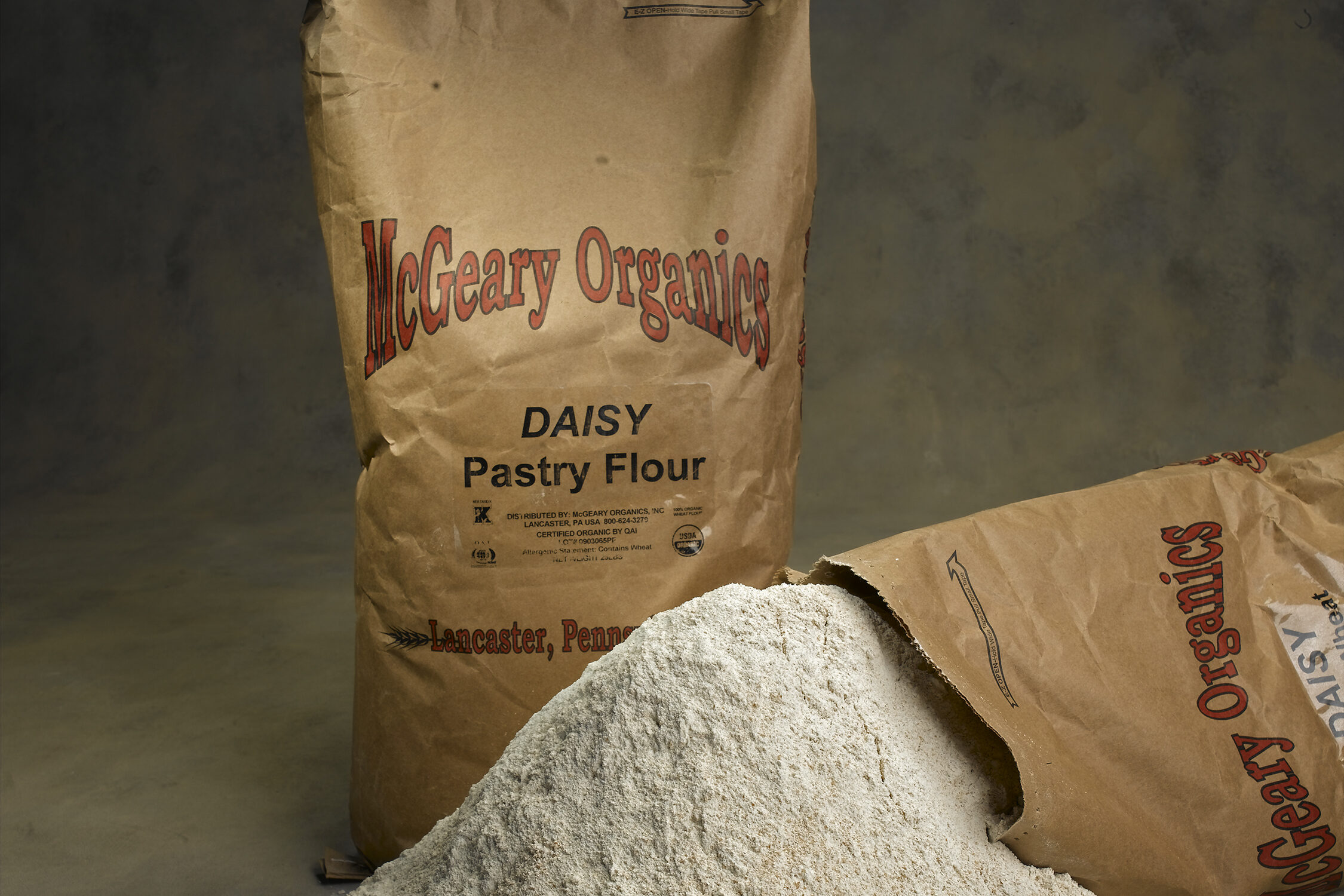
During the Great Depression, store-bought clothing was a luxury many families couldn’t afford. Instead of wasting anything, people found creative ways to reuse flour sacks and feed bags by sewing them into dresses, aprons, and even children’s clothing. Companies eventually caught on and started printing colorful patterns on the sacks, making them more appealing for reuse. Families could get multiple uses out of a single purchase, saving money while still putting together something practical.
Today, the same idea of repurposing fabric can help stretch a budget. Old pillowcases or sheets can be turned into shopping bags, cleaning rags, or even casual clothing items. With a little creativity, you can reduce waste and save money at the same time. Plus, you end up with items that feel personalized and resourceful, just like families did nearly a century ago.
2. Stretching Meals with Filler Foods

Meat was expensive, so families often relied on filler ingredients like beans, rice, oats, or bread crumbs to bulk up meals. A pound of ground beef might be stretched into a family-sized meal by mixing it with oats or potatoes. These tricks not only filled bellies but also made dishes go further with fewer resources.
This survival tactic still makes sense today, especially when grocery prices rise. Adding lentils or beans to chili, bulking up meatloaf with breadcrumbs, or tossing rice into a soup can create hearty meals for less. It’s practical, healthier, and reduces food waste without sacrificing flavor.
3. Mending Instead of Replacing
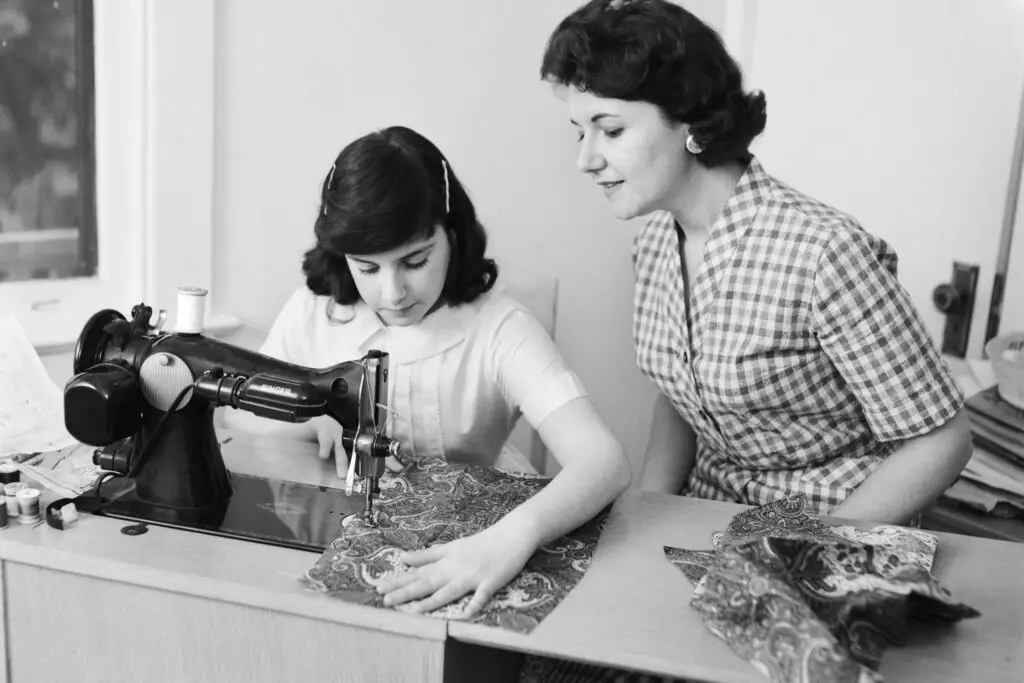
If something ripped or tore, people didn’t toss it—they fixed it. Socks were darned, pants patched, and shoes resoled rather than replaced. A small sewing kit was a household essential, and families got creative about keeping clothes wearable for as long as possible.
Fast forward to now, and the same principle applies. A five-minute patch job can extend the life of jeans, and a little fabric glue can fix a loose hem. By reviving the lost art of mending, you can save money, reduce clutter, and even give clothes character that brand-new items just don’t have.
4. Growing Food at Home

“Victory gardens” weren’t just for wartime—they were a Depression-era necessity. Families grew vegetables, fruits, and herbs in backyards, window boxes, or even vacant lots. Having a food source right outside saved money and provided healthier options than relying solely on store goods.
Today, even small-scale gardening can make a big impact. A tomato plant on a balcony or herbs on a windowsill can cut grocery bills and add freshness to meals. It also provides a sense of independence and security—something Depression-era families valued deeply.
5. Using Every Part of Food

Nothing went to waste. Bones became soup stock, bacon fat was saved for cooking, and vegetable scraps flavored stews. Even stale bread had a second life as bread pudding or breadcrumbs. People made sure they squeezed every ounce of value out of what they had.
This habit still makes sense in modern kitchens. Freeze vegetable scraps for homemade broth, save citrus peels for natural cleaners, or repurpose leftover rice into fried rice the next day. These small adjustments reduce food waste and help every dollar stretch further.
6. Sharing and Trading with Neighbors
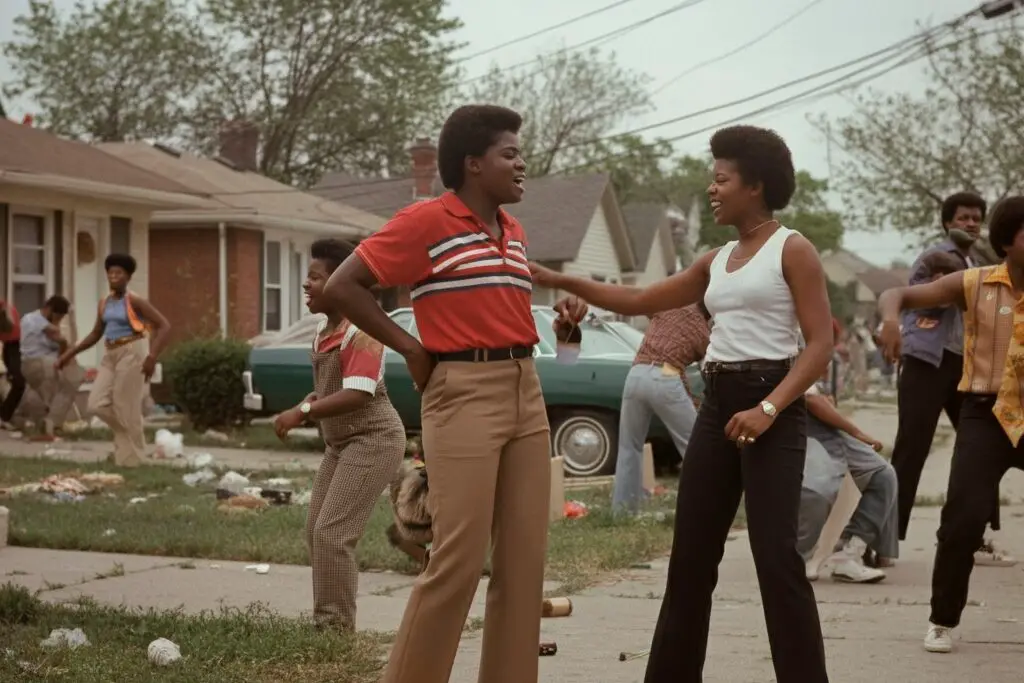
Communities leaned on each other. If one family had eggs but no milk, and another had milk but no eggs, they’d trade. Bartering and pooling resources was an essential way to get by when cash was tight.
This sense of community support hasn’t lost its usefulness. Whether it’s swapping garden produce, sharing tools, or trading babysitting time, these exchanges reduce expenses and build stronger bonds. It’s a reminder that sometimes survival is easier when you don’t try to do it all alone.
7. Homemade Cleaning Solutions
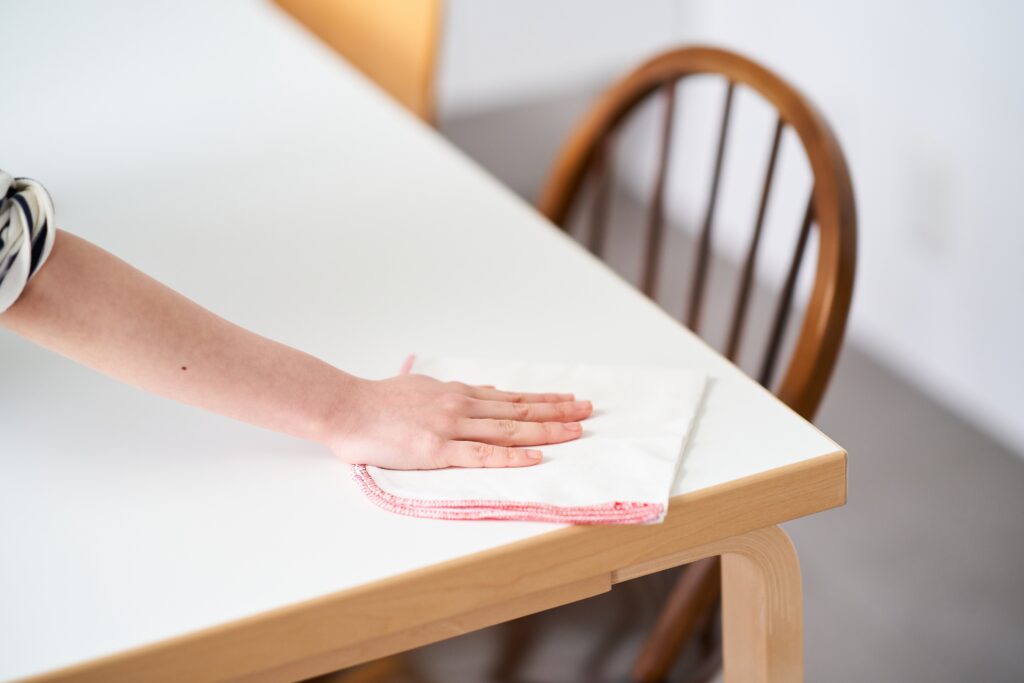
Expensive store cleaners weren’t an option, so people made their own. Vinegar, baking soda, and lemon juice were staples for scrubbing, disinfecting, and deodorizing. These simple ingredients did the job at a fraction of the cost.
That same frugality is relevant today. A mixture of vinegar and water cleans windows better than most commercial sprays, and baking soda handles everything from sink scrubbing to odor removal. Not only does it save money, but it also reduces chemical exposure in your home.
8. Preserving Food for Later

Canning, pickling, and drying were essential skills for stretching seasonal harvests. Families filled pantries with jars of fruits, vegetables, and jams to ensure food security through the winter months. This preparation helped them avoid shortages and keep meals varied year-round.
While grocery stores make food more accessible today, preserving can still be a huge money-saver. Freezing extra portions, canning tomatoes, or dehydrating fruit can cut costs and reduce waste. Plus, it’s rewarding to stock your shelves with food you prepared yourself.
9. Hand-Me-Downs and Multi-Use Clothing
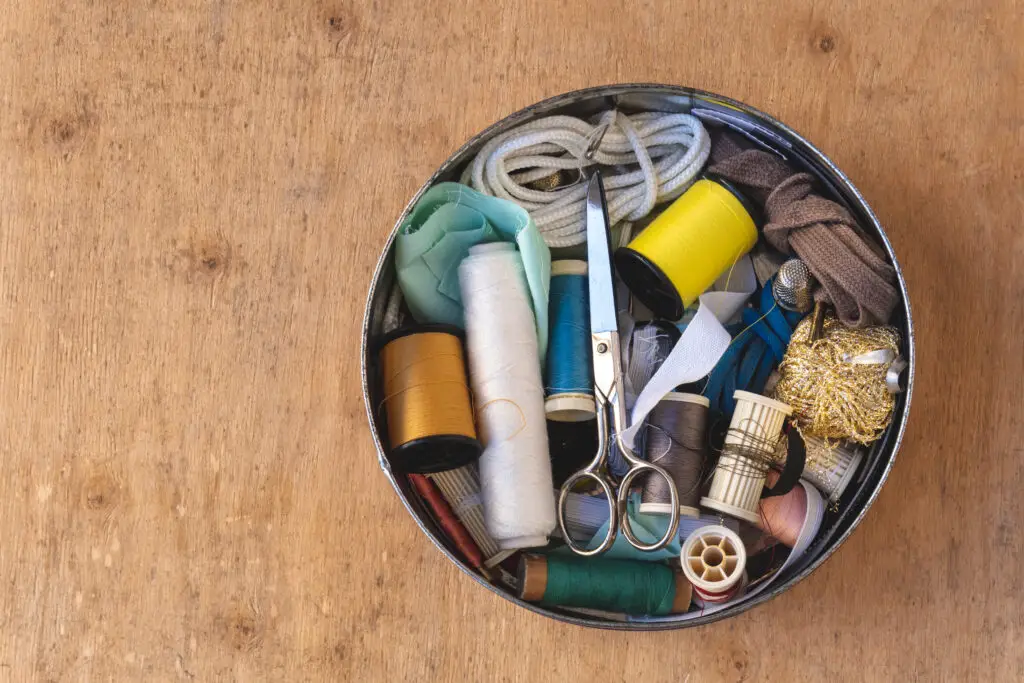
Children rarely got brand-new clothes; they wore what older siblings grew out of. Clothing was adjusted, resized, or reshaped to fit the next person in line. A dress might become a shirt, and trousers could be cut down into shorts.
This practical approach still works for families. Passing down clothing or swapping with friends helps stretch budgets. Even adults can repurpose items by tailoring them, turning old shirts into workout gear, or transforming worn-out clothes into cleaning cloths.
10. Making Homemade Toys and Entertainment
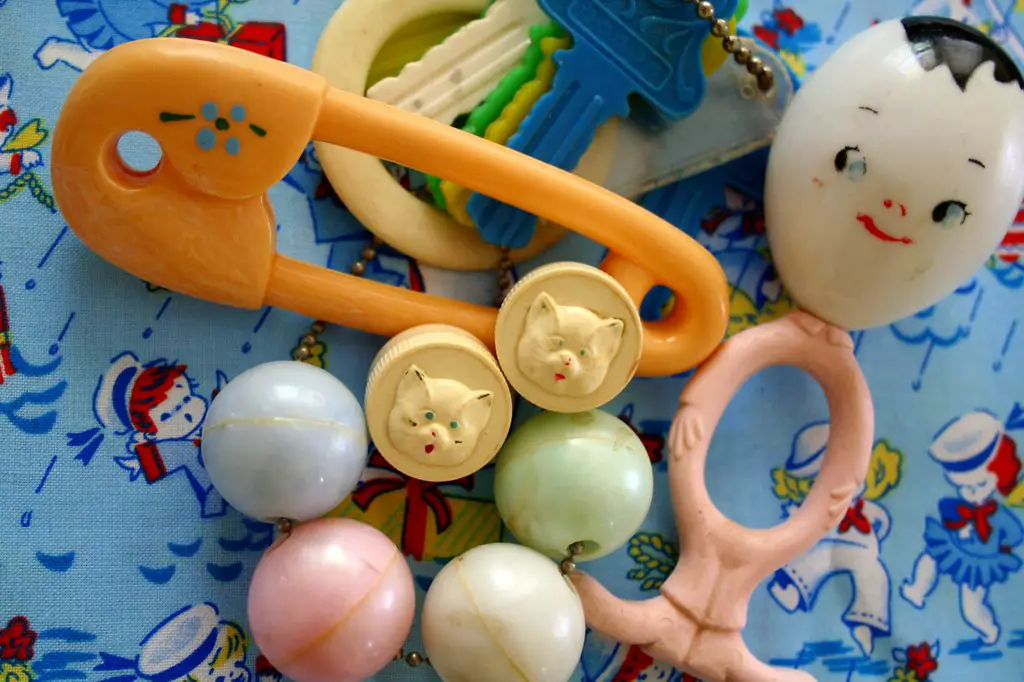
When money for toys or outings wasn’t available, families got creative. Corn husks turned into dolls, scrap wood became toy cars, and evenings were filled with storytelling or games made up on the spot. Entertainment didn’t require money—it required imagination.
Even now, homemade games or DIY toys can create lasting memories. A deck of cards or board game night brings people together without spending much. It’s a reminder that fun doesn’t have to come with a price tag.
11. Cooking in Bulk

Cooking every meal from scratch daily was exhausting, so families made big batches. A large pot of stew or beans could be stretched across several meals. Leftovers were reinvented into new dishes to avoid boredom.
This method saves both time and money today. Making soups, casseroles, or chili in bulk and freezing portions keeps you from ordering takeout on busy nights. It’s both economical and practical—exactly the kind of thinking Depression-era households relied on.
12. Making Do with Homemade Remedies

Doctor visits were costly, so people often turned to home remedies. A mustard plaster might be used for congestion, honey soothed sore throats, and herbs from the garden were brewed into teas for various ailments. While not all were effective, many provided real relief.
Today, natural remedies are still worth considering for minor issues. Honey and lemon tea for colds, aloe for burns, or saltwater gargles for sore throats can cut down on unnecessary doctor trips. These time-tested tricks remind us that sometimes the simplest solutions are the best.
